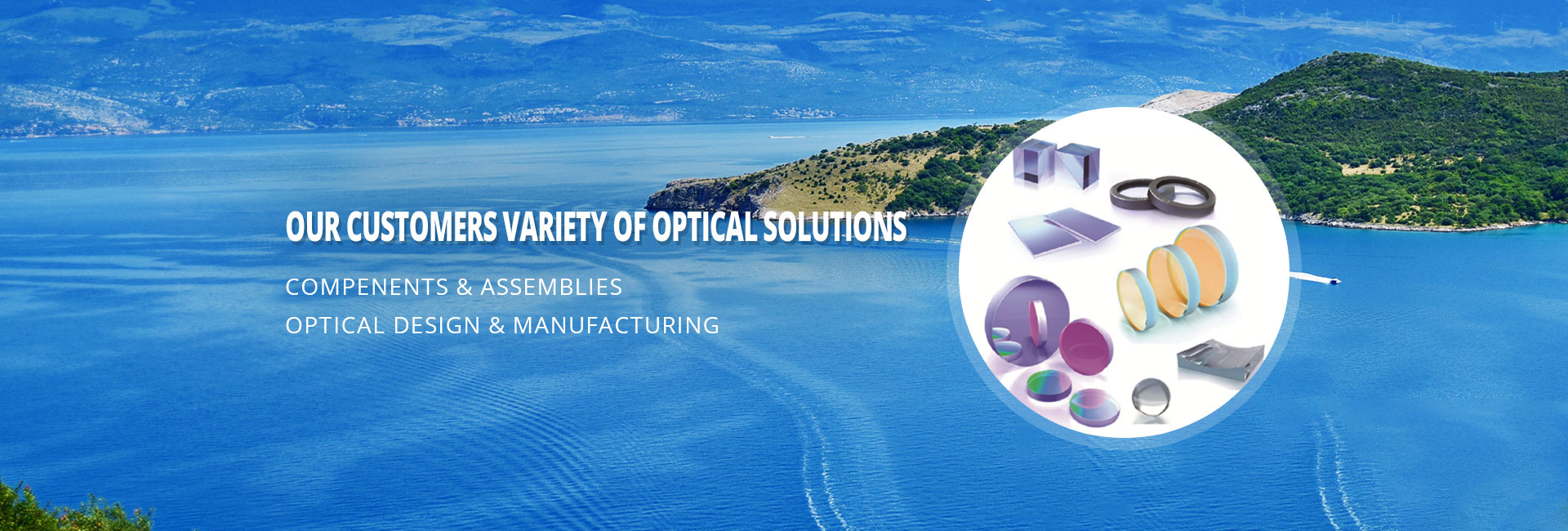
Optical Windows are flat, optically transparent plates that are typically designed for maximum transfer and minimum reflection and absorption over a specific wavelength range. These are commonly used to protect optical systems and electronic sensors from the external environment. Since Windows do not introduce optical power systems, they should be selected based on the material's transmission properties, optical surface specifications, and mechanical properties suitable for your use.In visible and near infrared light, glass-fused quartz and BK7 are common optical materials. In infrared optics with longer wavelengths, semiconductor materials such as calcium fluoride, zinc selenide, silicon, and germanium are also used.
Optical Windows allow light to pass through while blocking harmful elements. In order to reduce reflection and increase transmission, AR coatings are generally available. AR coatings are sometimes applied to both sides of the window, and sometimes only to one side of the window.
These are commonly used to protect optical systems and electronic sensors from the external environment. Because Windows do not introduce optical focus into the system, optical Windows are selected based on the material's transport characteristics, optical surface specifications, and mechanical properties that match your application. Optical Windows are used in analytical chemistry, materials research, medical research, food science, applied physics, the environment, academic research, light rail vehicle systems/artificial intelligence, manufacturing, aerospace and many other applications and fields.
 Address:Haoyue Road Luyuan District,Changchun City,
Jilin Province ,P. R. China
Address:Haoyue Road Luyuan District,Changchun City,
Jilin Province ,P. R. China Email:sales@ocean-opto.com
Email:sales@ocean-opto.com Tel:+86-431-87675449
Tel:+86-431-87675449



